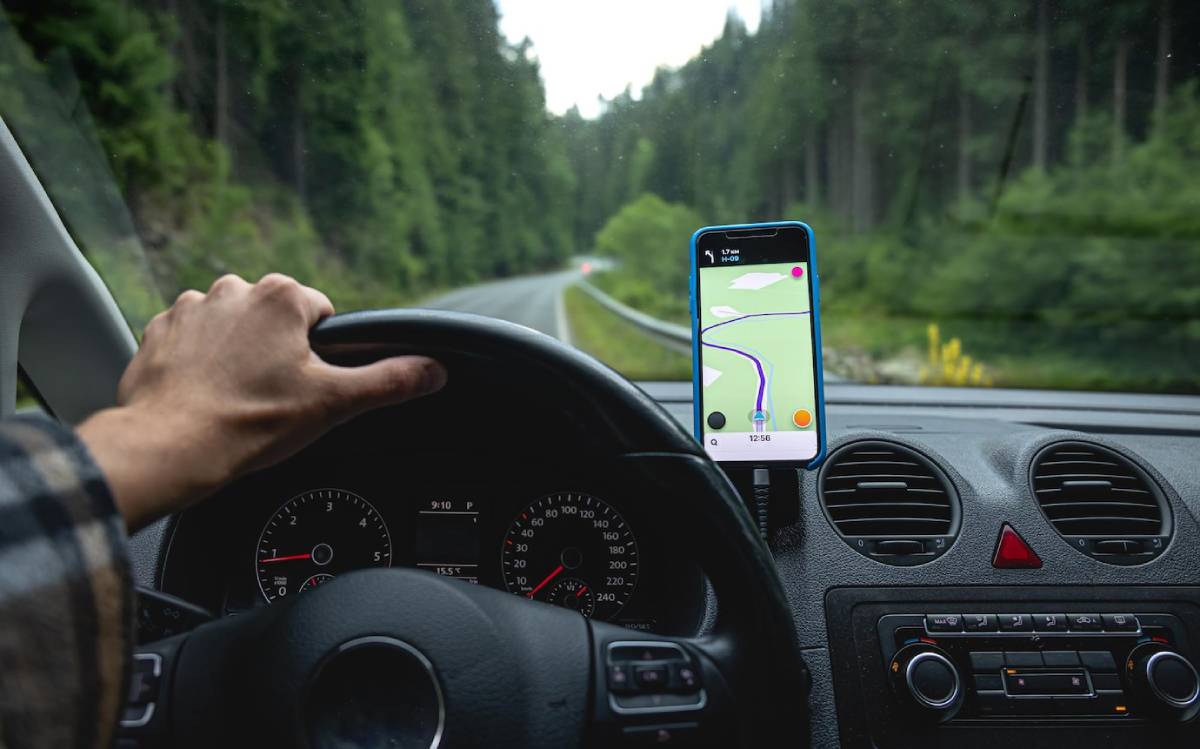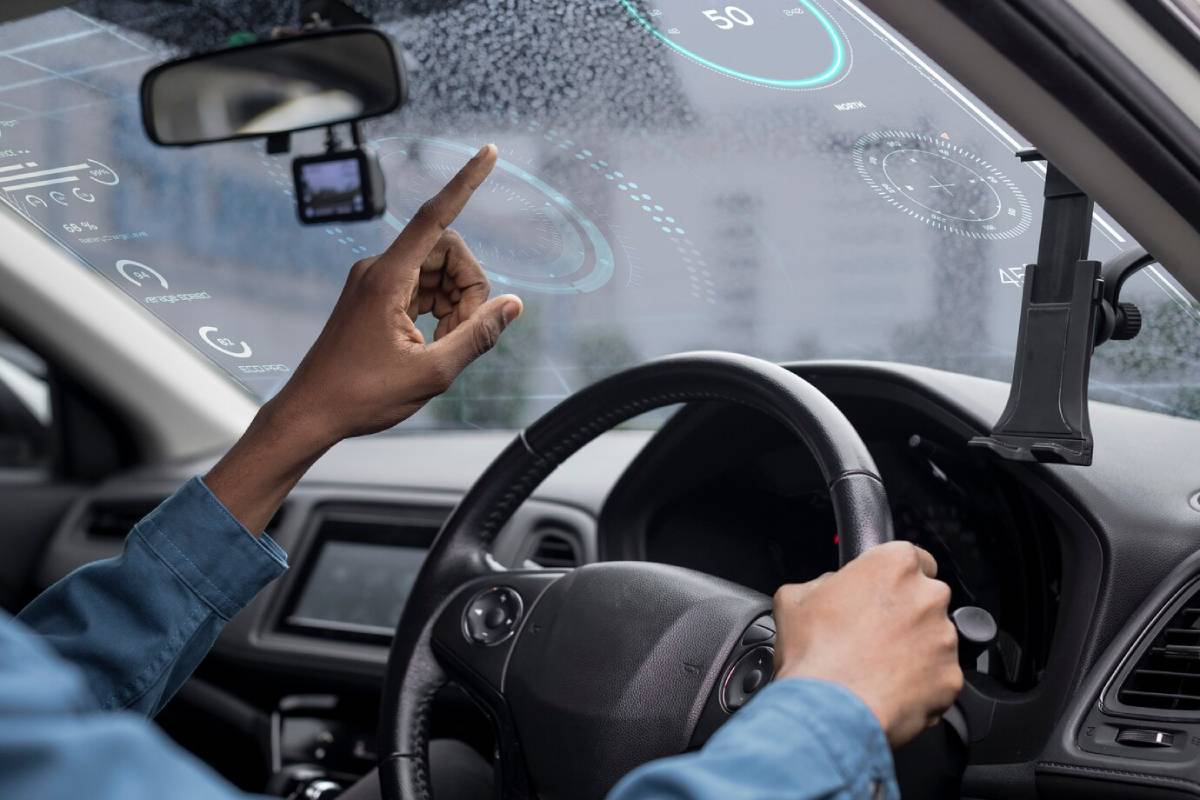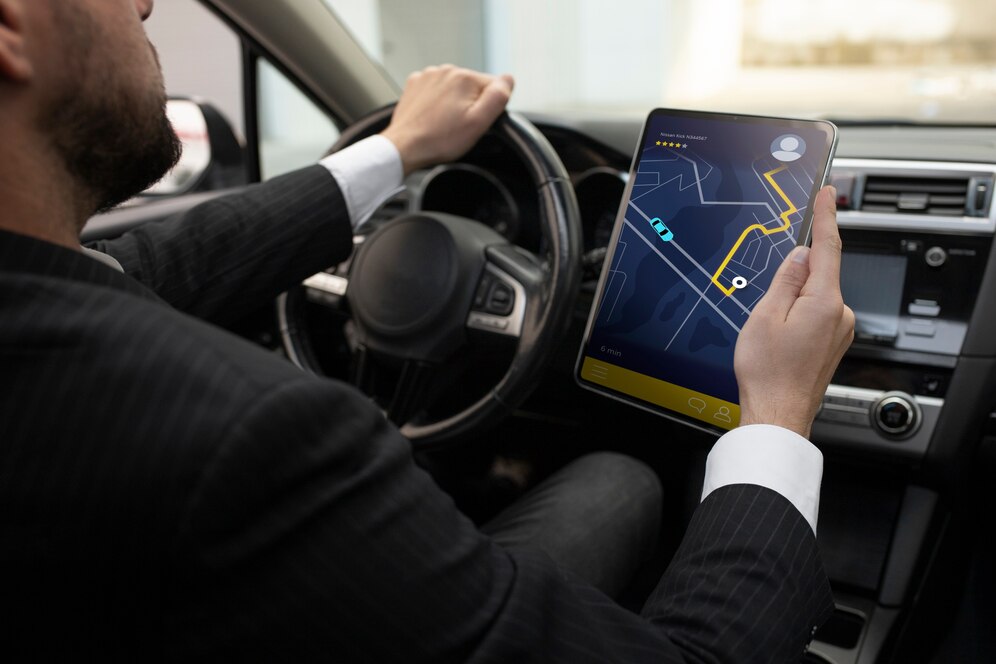
Augmented Reality Navigation Systems vs. Traditional GPS: The Future of In-Car Mapping
Augmented reality (AR) navigation systems are changing the game in automotive technology. They offer a significant upgrade from traditional GPS systems. Drivers are used to GPS voice prompts and static maps. But AR navigation changes that. It provides a dynamic, immersive experience. This could redefine how we interact with our vehicles. This blog looks at how AR navigation systems differ from traditional GPS. It covers the benefits, possible downsides, and what the future holds for in-car mapping.
Augmented reality navigation systems add digital info to the real world. This gives drivers an easier way to find their way and see what’s around them. GPS has served drivers well for years. However, AR aims to improve the experience. It delivers real-time guidance that is aware of the surroundings. However, as with any emerging technology, there are misconceptions and challenges. This article will explain the main differences between AR and GPS. It will show why augmented reality navigation might be the future of car travel.
Key Benefits
Enhanced User Experience

A key benefit of augmented reality navigation is the improved user experience. AR navigation systems differ from traditional GPS. They don’t just use 2D maps or voice commands. Instead, they project directions onto the windshield or a display screen. This feature helps drivers focus on the road. It cuts distractions and may boost safety.
Picture driving in a busy city centre. Many lanes and confusing signs can feel overwhelming. An AR navigation system shows the right lane in real time. It overlays street names and points out landmarks, making navigation easy and smooth. A standard GPS can’t offer this level of interaction. It only gives static directions without context.
Real-Time Contextual Information
Augmented reality navigation systems shine by providing real-time context, something traditional GPS can’t match. AR systems can connect to a car’s sensors and outside data sources, providing real-time updates on traffic, weather, and possible hazards. This feature helps drivers make quick decisions. They can reroute to avoid traffic or change speed in bad weather.
AR navigation boosts situational awareness. It highlights points of interest on the way. AR can help you find the nearest petrol station, restaurant, or parking spot. It shows this information clearly. Plus, it keeps your focus on driving. This feature is especially helpful in new places where regular GPS may not work well.
Increased Safety
Safety is a top priority for every driver. Augmented reality navigation systems provide features that help make driving safer. AR systems use heads-up displays (HUDS) to show information on the windshield. This helps drivers stay focused on the road. This setup cuts down on looking at a dashboard or smartphone, lowering the chance of accidents caused by distractions.
AR navigation can also use advanced driver-assistance systems (ADAS). These systems alert drivers about possible collisions, lane departures, or speed limit violations. AR systems blend navigation and safety features, creating a helpful driving aid that boosts both navigation and vehicle safety.
Additional Expert Tips & Common Mistakes to Avoid
Embracing the Learning Curve
The benefits of augmented reality navigation are clear. Drivers must accept the learning curve that comes with this new tech. Switching from regular GPS to AR navigation might take some getting used to. This is especially true for people who are used to reading traditional maps. Users should take time to learn the system’s interface and features. This will help them get the most benefits.
A common mistake is relying too much on AR navigation. It’s important to know its limits. AR gives real-time guidance, but it’s also important to stay aware of the road and surroundings. Relying too much on technology can make drivers complacent. So, they should use AR to enhance their awareness, not replace it.
Avoiding Over-Complexity
Another potential pitfall is the risk of over-complexity in AR navigation systems. Advanced features can be great, but they might overwhelm users if not done carefully. Manufacturers must strike a balance between offering innovative features and maintaining user-friendly interfaces. Drivers should seek systems that focus on clarity and simplicity. The technology should improve the driving experience, not make it more complicated.
Keeping Software Updated
As with any digital technology, updating software is crucial for optimal performance. Augmented reality navigation systems rely on accurate data and algorithms to function effectively. Regular updates give the system the latest maps, traffic info, and software upgrades. Drivers should check for updates often. This helps avoid outdated information, which can cause navigation errors.
Advanced Insights
Integration with Autonomous Vehicles
The future looks bright. Augmented reality navigation combined with self-driving cars offers thrilling opportunities. As self-driving tech grows, AR can help. It gives passengers real-time information about the vehicle’s surroundings and shows what the vehicle plans to do. Transparency helps build trust in autonomous systems. It allows passengers to see how the vehicle makes decisions.
AR navigation can improve the passenger experience by offering personalised content and entertainment options during the trip. AR has many uses in autonomous vehicles. You can enjoy virtual tours of landmarks or play interactive games. The possibilities are endless. This integration could change travel by making it efficient, engaging, and fun.
Industry Collaboration for Standardisation
Industry collaboration is essential for augmented reality navigation to reach its full potential. Standardising AR protocols and interfaces ensures that various vehicle models and brands can work together. This partnership can spark innovation. Companies collaborate to create best practices and share insights.
Car companies, tech providers, and regulators can team up. This partnership can tackle privacy and security issues in AR navigation. By creating clear guidelines and safeguards, the industry can build consumer trust. This trust will encourage the widespread use of this transformative technology.
Conclusion: The Future of In-Car Mapping

In conclusion, augmented reality navigation systems are a great alternative to regular GPS. They make driving more intuitive, safer, and overall better. AR navigation gives you real-time information. It improves safety and connects with self-driving cars. It shows us what in-car mapping will look like in the future. Drivers should approach AR navigation with an open mind and be ready to adapt.
We can shape the future of car technology. By embracing innovation, we push for user-friendly and effective solutions. Thinking of upgrading your car’s navigation? See what augmented reality can offer! Stay informed and engaged. This way, you can benefit from this cutting-edge technology.